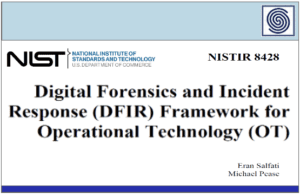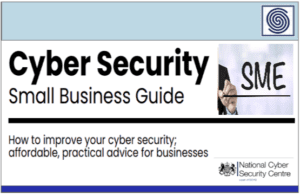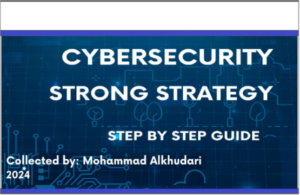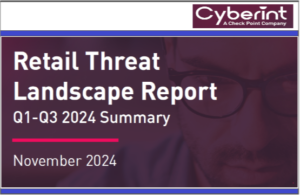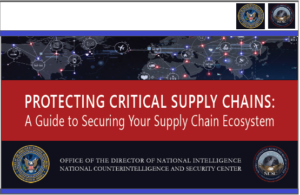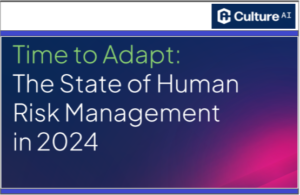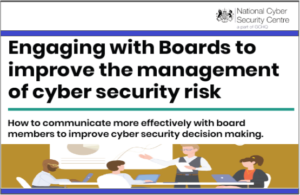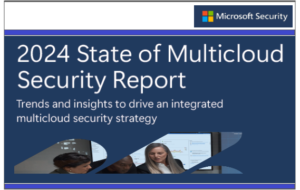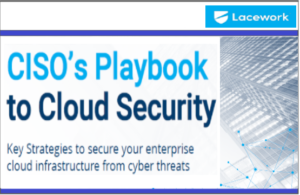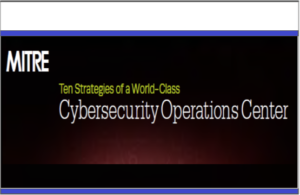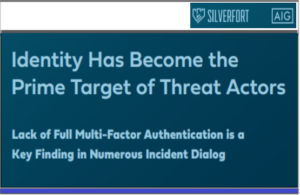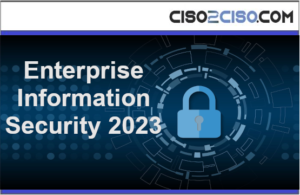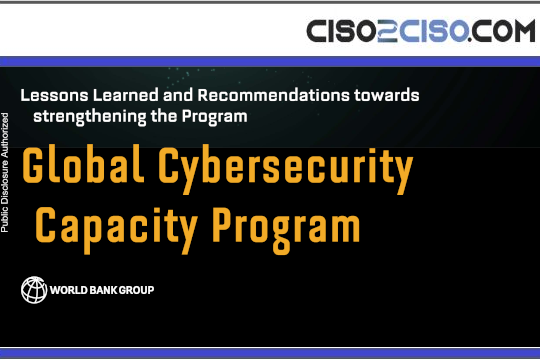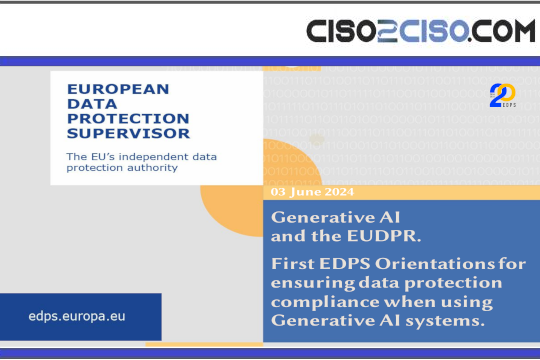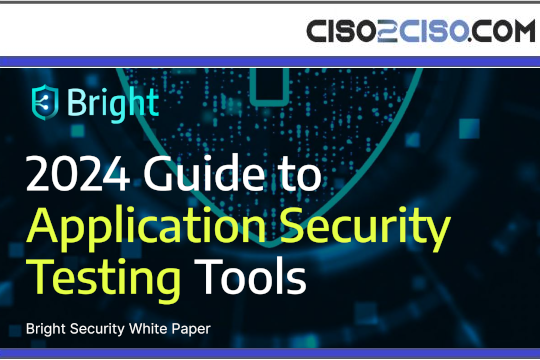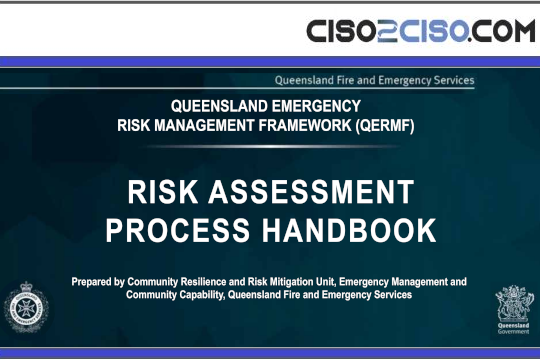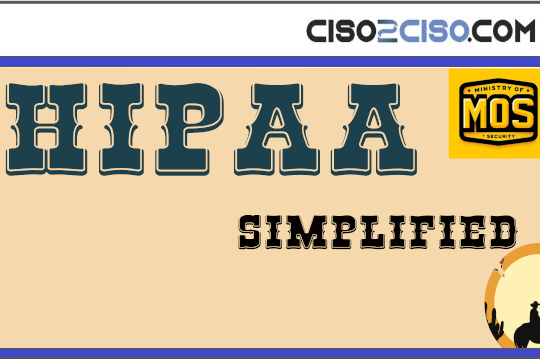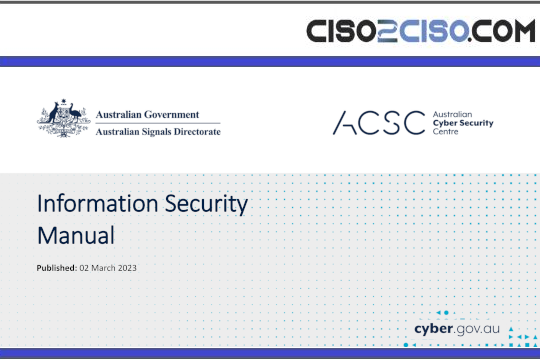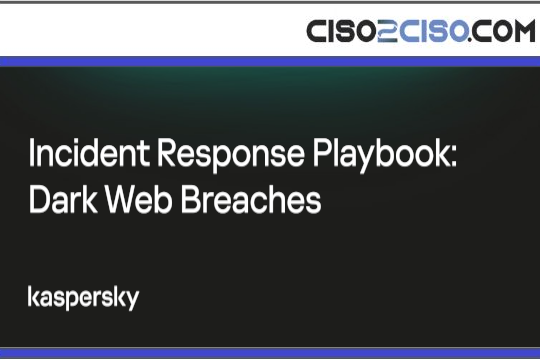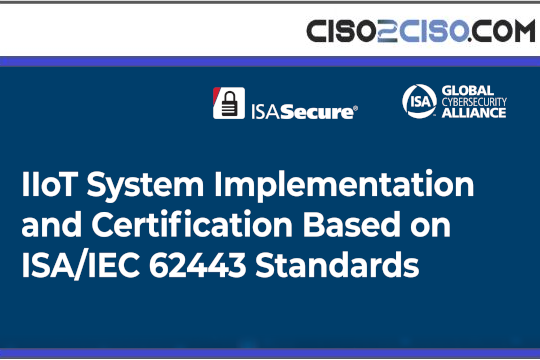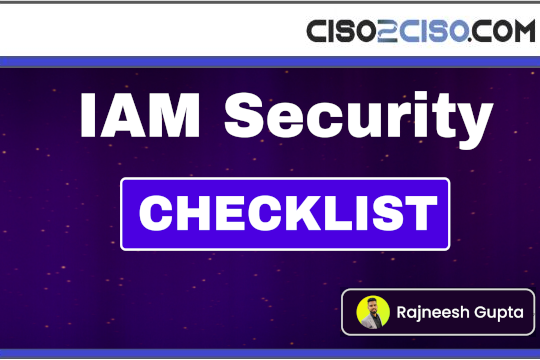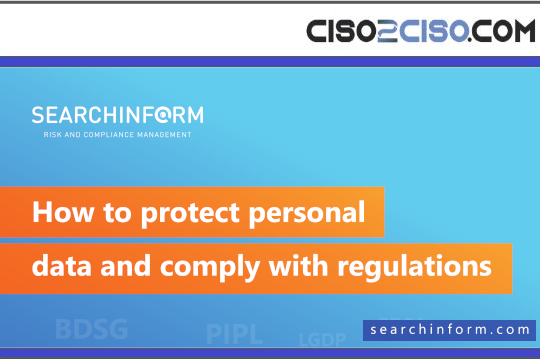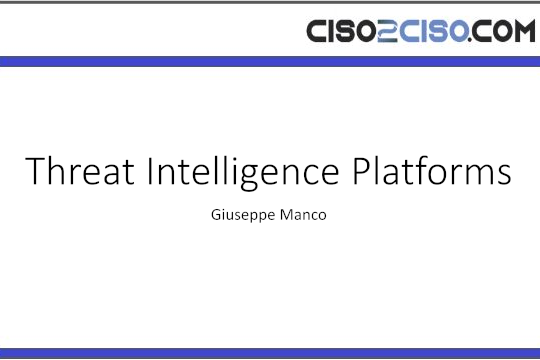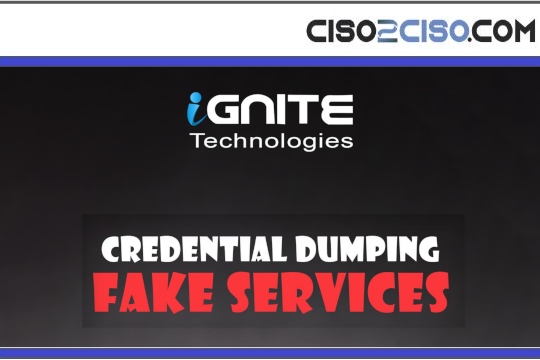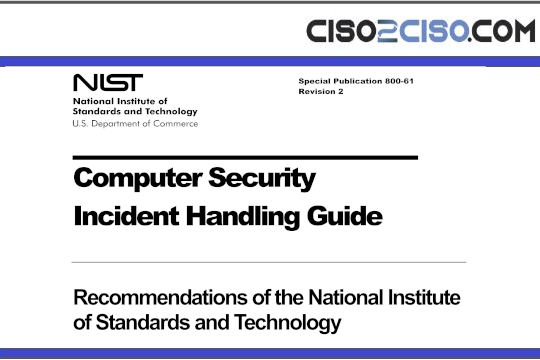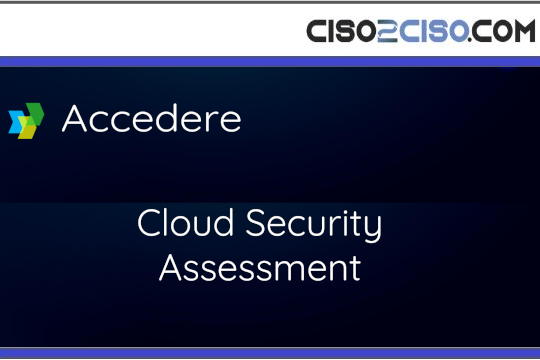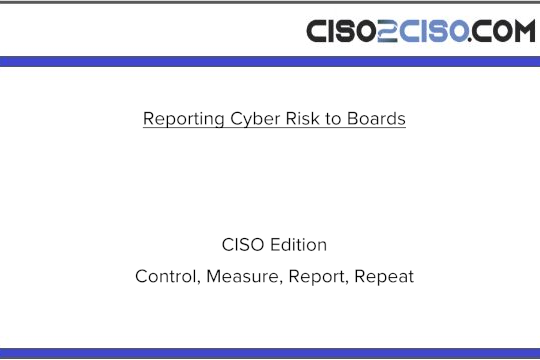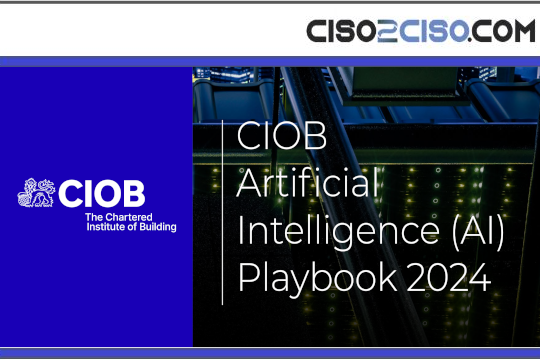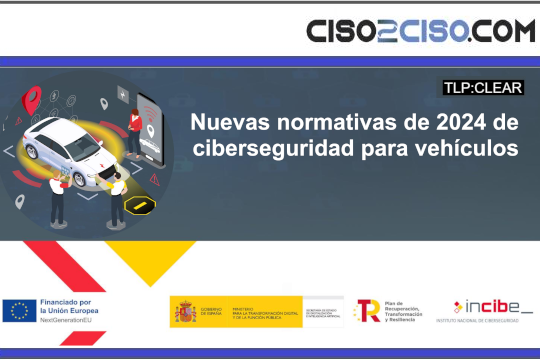Source: securityboulevard.com – Author: Aldo Pietropaolo
Large enterprises operate complex IT environments, balancing legacy on-premises applications with modern cloud services. Over time, they have accumulated multiple identity providers (IDPs) like Microsoft Entra ID, Okta, and Ping Identity to manage authentication across different business units and applications. While this approach initially served their needs, it has led to IDP sprawl identity sprawl, high operational overhead, and fragmented user experiences.
A necessary approach, Unified Single Sign-On (SSO) — enabled by Identity Orchestration — allows organizations to modernize authentication without costly and disruptive migrations across organizations regardless of the business relationship (parent organization, subsidiaries, partners, etc.). This article explores how enterprises can leverage Identity Orchestration to achieve seamless SSO across legacy and cloud applications, improve security, and streamline identity management.
The challenge: identity fragmentation in enterprises
Organizations face significant challenges in managing identity across their hybrid multi-IDP environments. Without a unified approach, IT teams struggle with inefficiencies, increased security risks, and user experience issues. Below are the key challenges businesses encounter when managing fragmented identity systems:
Siloed authentication experiences
With multiple identity systems, employees, partners, and customers must navigate to different login portals and remember different application credentials. This situation impacts productivity and increases password reset requests, adding to IT support burdens. Users frequently experience login fatigue, which can lead to security risks, such as weak password reuse or reliance on unsafe storage methods for credentials.
High operational overhead
Operating multiple IDPs requires maintaining separate identity management tools, integrations, and expertise, making identity administration complex and resource-intensive. IT teams must manage multiple configurations, security policies, and compliance measures, increasing costs and administrative workload. Additionally, disparate identity systems require ongoing maintenance and updates, which further strains IT resources.
Security & compliance risks
Regulatory frameworks such as SOC 2, GDPR, and PCI-DSS require strict access controls. However, with multiple identity systems in place, enforcing uniform security policies across legacy and cloud applications is difficult, leading to potential compliance gaps and increased costs for remediation.
Technical debt from legacy applications
Technical debt refers to the accumulated cost of maintaining and updating outdated systems that were implemented with quick fixes rather than long-term solutions. In identity and access management (IAM), technical debt grows when organizations continue to rely on legacy applications that lack support for modern authentication protocols such as SAML, OAuth, or OpenID Connect.
These outdated systems often require expensive custom development to integrate with Single Sign-On (SSO) solutions. Additionally, efforts to modernize or replace legacy applications can lead to operational disruptions, extended downtimes, and increased risk of security vulnerabilities. Without addressing technical debt, organizations face mounting costs, inefficient identity management, and roadblocks to digital transformation.
The solution: Identity Orchestration for Unified SSO
Identity Orchestration enables organizations to unify authentication across multiple identity providers (and multiple enterprises) without significantly impacting legacy applications. This approach provides businesses with the flexibility to modernize their authentication infrastructure at their own pace while reducing operational complexity.
By implementing Identity Orchestration, organizations can:
- Integrate authentication across cloud and on-premises applications.
- Progressively deprecate redundant IDPs without disrupting users, partners, and customers, leading to substantial yearly identity cost savings.
- Improve security and compliance by enforcing uniform authentication policies.
- Reduce operational overhead by centralizing identity management.
- Support mergers and acquisitions by orchestrating identity and authentication between organizations.
By adopting Identity Orchestration, enterprises can address identity fragmentation challenges without requiring extensive changes to their existing IT environment. This approach allows businesses to maintain security while improving the user experience and reducing administrative burden.
How it works
With Identity Orchestration, an orchestrator bridges identity providers and applications, enabling organizations to orchestrate authentication flows dynamically. With this capability:
- Users experience a single, seamless login across all applications.
- Legacy applications can authenticate without modification, , reducing the need for expensive redevelopment efforts.
- IT teams can phase out redundant IDPs while maintaining business continuity, and ensuring smooth operations.
By simplifying the authentication process and consolidating identity systems, organizations can drive digital transformation while minimizing disruptions and security risks.
Using Identity Orchestration to unify single sign on
Imagine two large organizations, Organization 2 and Organization 1 (They may be disparate organizations, parent-child, or have parent and subsidiary relationships), are struggling with fragmented identity systems due to years of mergers, acquisitions, and evolving IT requirements. Each organization has multiple identity providers (e.g. Microsoft Entra ID, Okta, and CyberArk) to manage authentication across different departments and applications. Employees must navigate different login portals, creating inefficiencies, poor user experience, and increasing the probability of security risks.
Original Post URL: https://securityboulevard.com/2025/03/how-unified-sso-reduces-complexity-and-enhances-security/?utm_source=rss&utm_medium=rss&utm_campaign=how-unified-sso-reduces-complexity-and-enhances-security
Category & Tags: Security Bloggers Network,App Identity Modernization – Security Bloggers Network,App Identity Modernization
Views: 1






